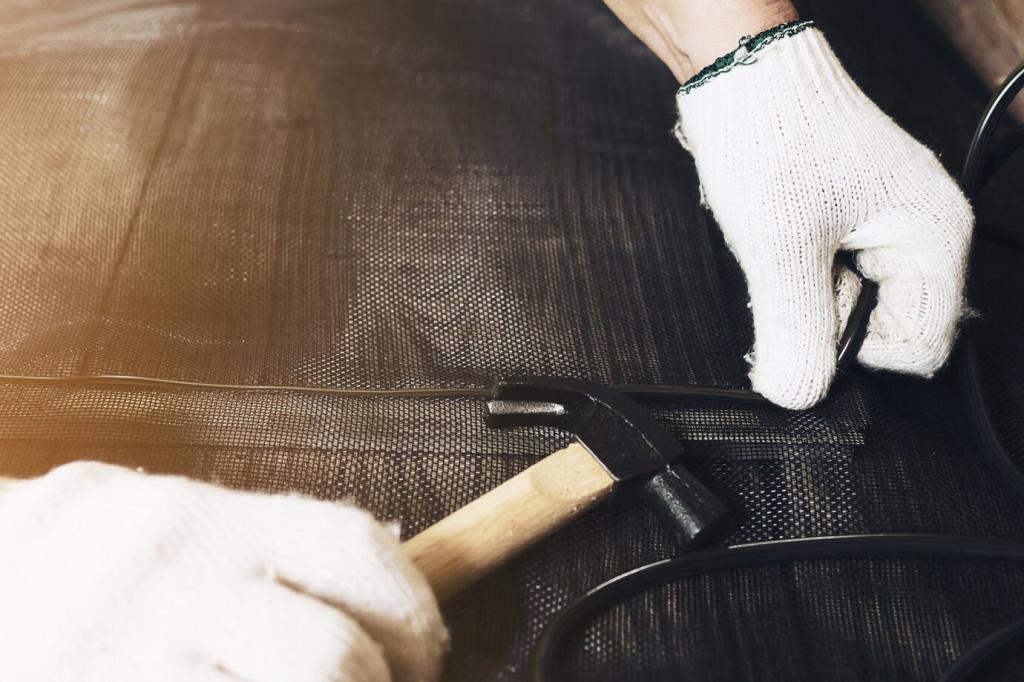Metal, Glass, and Hybrid Builds That Defy Scratches
Anodizing grows a controlled oxide layer on aluminum, improving surface hardness and wear resistance. It’s lightweight, corrosion-resistant, and ideal for chair bases, table legs, and shelving frames. Notice fewer scuffs over time? Tell us which anodized finishes hold up best for you.
Metal, Glass, and Hybrid Builds That Defy Scratches
Physical Vapor Deposition (like titanium nitride) forms thin, ultra-hard coatings on pulls and accents. These layers resist scratching far better than painted finishes, keeping hardware crisp through daily grabs. Have you compared PVD to lacquered metal? Share your observations.

